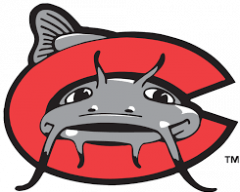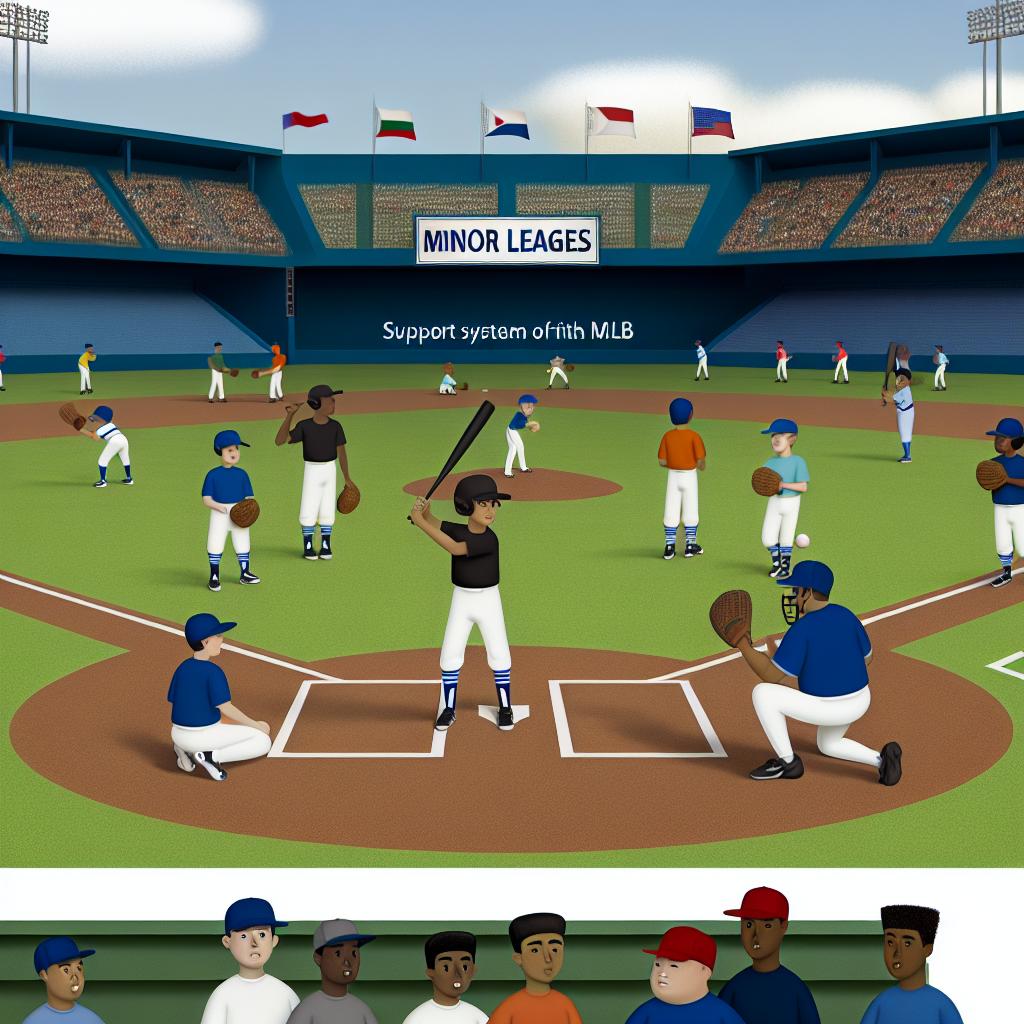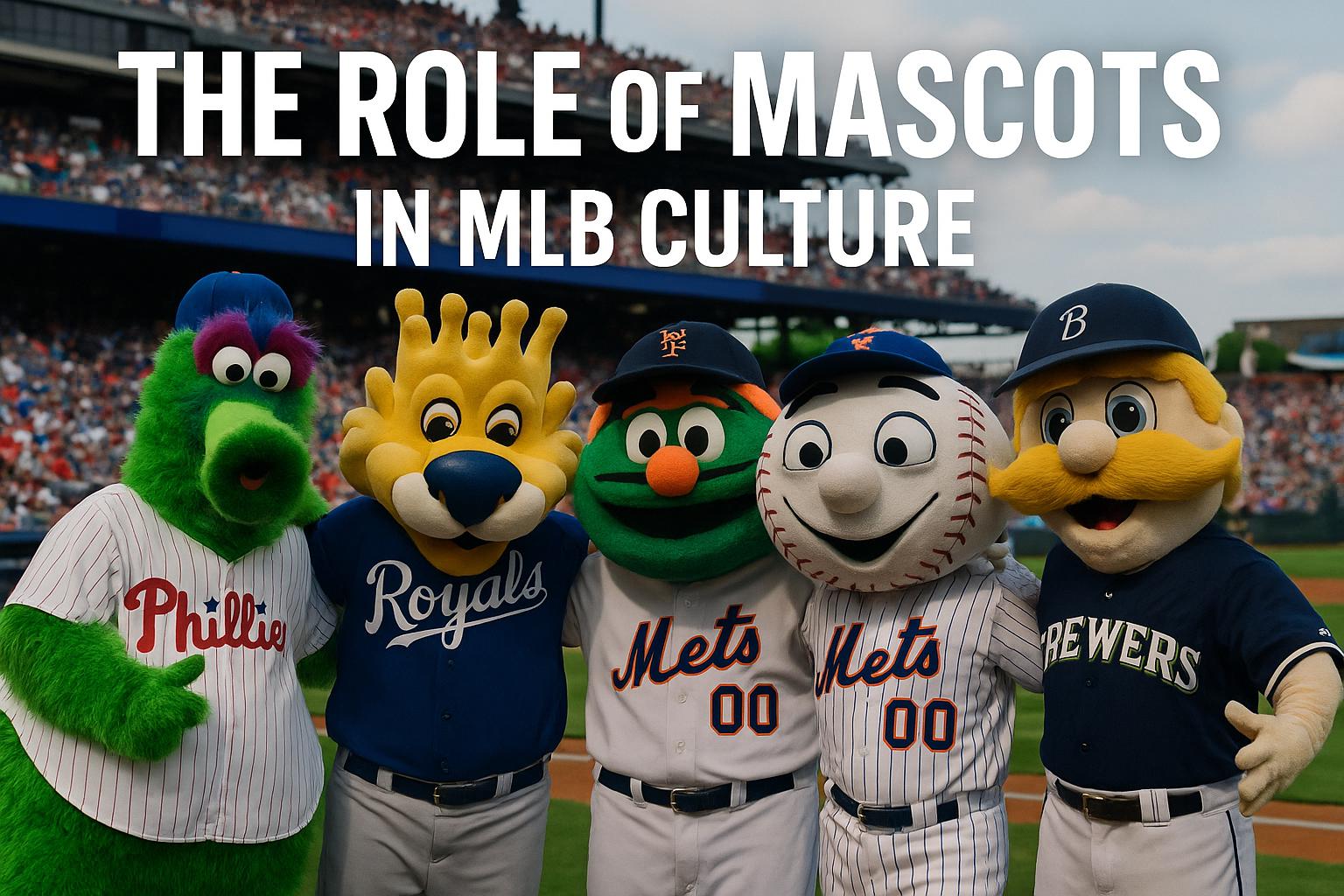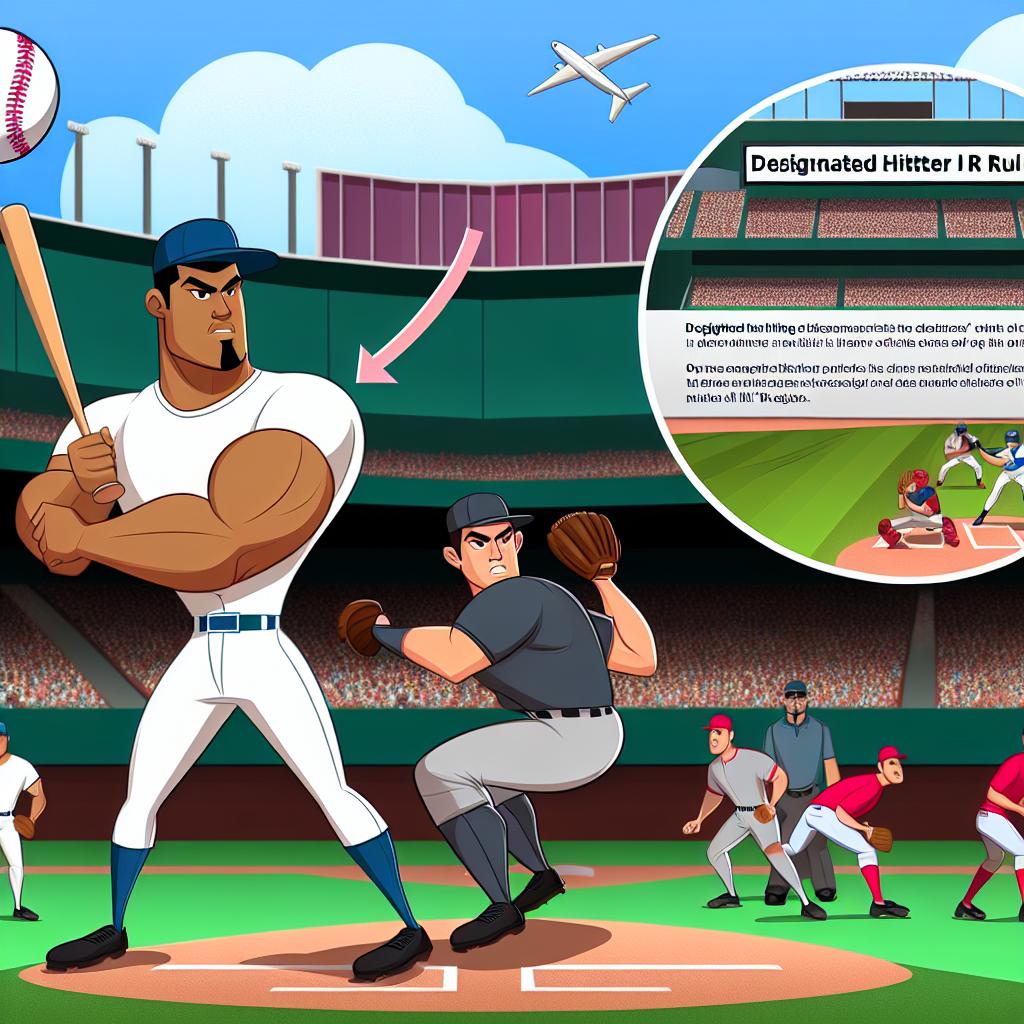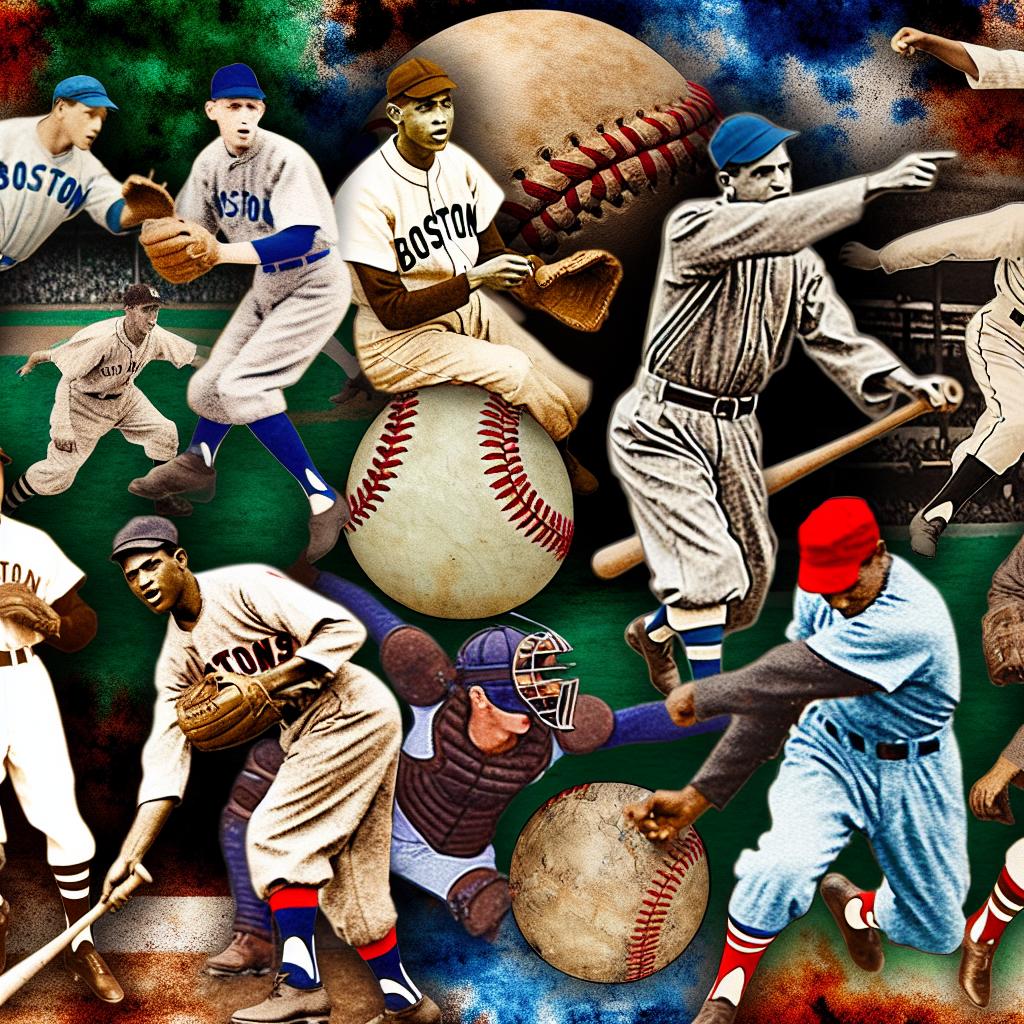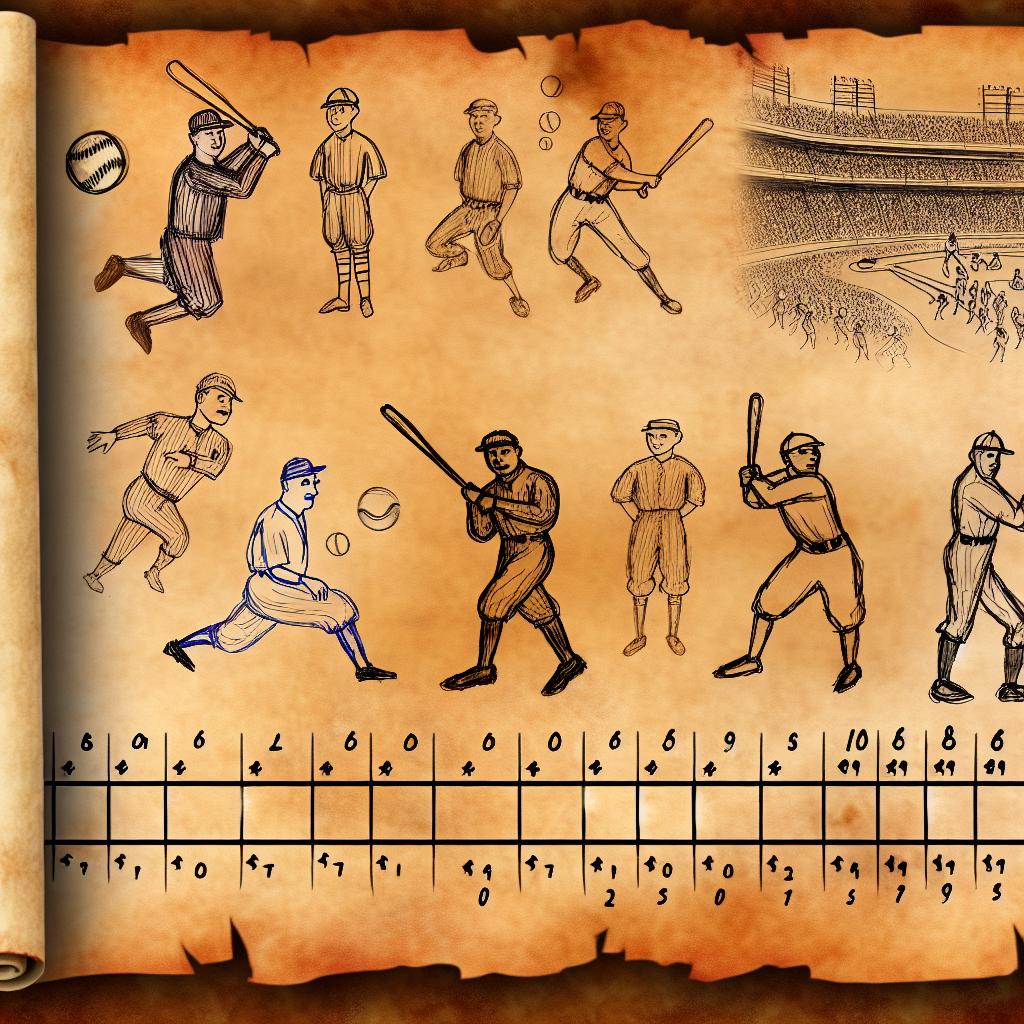The Role of MLB’s Minor League Baseball System
The Minor League Baseball (MiLB) system plays a crucial role in the ecosystem of Major League Baseball (MLB). It serves as the developmental league for upcoming talent, providing a pathway for athletes aiming to reach the major leagues. This system is essential for nurturing young players, offering them a platform to refine their skills and experience competitive play.
Player Development and Training
Minor League Baseball offers a structured environment where players can focus on developing their athletic abilities. The multi-level hierarchy of Minor League teams—from Rookie Leagues to Triple-A—allows players to progress through different stages of refinement. Each level offers increased competition, challenging players to improve and adapt. The system helps bridge the gap between amateur baseball and the professional level, ensuring that players are well-prepared for the demands of the MLB.
Professional coaching and training facilities provided to players at the Minor League level play a significant part in their development. Players receive specialized instruction tailored to their position, with a focus on improving technique, physical fitness, and understanding of the game. Organizations invest heavily in talent, aiming to produce athletes capable of impacting at the major league level.
Scouting and Talent Evaluation
The Minor League system also functions as a critical component in the scouting and evaluation process. Through consistent performance in Minor League games, players can showcase their talent to team executives and scouts. This ongoing evaluation enables teams to make informed decisions regarding player promotions to the MLB, trades, and contract negotiations.
Minor League teams are also involved in data analytics, tracking players’ statistics extensively to identify strengths and areas needing improvement. This analytical approach complements the traditional scouting techniques, providing a comprehensive view of a player’s potential and readiness for the major leagues.
Economic Impact and Community Engagement
Beyond player development, Minor League teams have a substantial economic and social impact on their local communities. Hosting games and events attracts tourism and stimulates local economies, providing jobs and business opportunities. Additionally, community engagement through programs and partnerships links teams with fans, fostering a supportive environment for both players and community members.
Minor League teams prioritize affordable family entertainment, making baseball accessible to a broader audience. This contributes to the sport’s growth at the grassroots level, potentially inspiring the next generation of players and fans.
Path to the Majors
For players in the MiLB, reaching the MLB is the ultimate goal. The progression through the Minor League ranks requires dedication, resilience, and adaptability. Rookie leagues serve as an introduction, often populated by recently drafted players or those new to professional baseball. As athletes demonstrate enhanced skills and maturity, they advance to higher levels like Double-A and Triple-A, each with increasingly competitive gameplay and more complex strategies.
Coaching and Mentoring
In the lower tiers, emphasis is placed on fundamental skills and adaptation to professional standards. As players move up, they benefit from seasoned coaches who mentor them not only in technical skills but also in professional conduct and mental preparation. This support system is crucial for young talents adjusting to the intensity and pressures of professional sport.
Statistical Analysis and Performance Metrics
Moreover, the integration of statistical analysis and performance metrics has become a cornerstone in player development within Minor League Baseball. Metrics such as on-base percentage, slugging percentage, and complex statistics like wins above replacement (WAR) are utilized to gauge a player’s effectiveness. These statistics help in creating a tailored development program for each player, addressing specific areas of their game requiring attention and improvement.
Technology in Development
Advancements in technology have further enhanced the developmental process. Tools such as high-speed video analysis and biometric tracking systems allow coaches and trainers to dissect a player’s technique in unprecedented detail. These insights foster more effective training regimens and can be used to prevent injuries by identifying and correcting potential issues in a player’s form or approach.
Community and Cultural Contributions
Minor League teams often host community events, participate in local charities, and create youth baseball clinics. These activities not only endear the team to the local population but also offer players a chance to connect with fans on a personal level. This reciprocal relationship is integral to the revenue and popularity of these teams, which in turn supports the larger baseball pyramid.
Accessibility and Diversity
By making the experience of attending games accessible and affordable, Minor League teams help cultivate a diverse fan base. Families, school groups, and local organizations are attracted not just by the sport but by the vibrant social experience provided. This inclusive environment supports MLB’s long-term goals of expanding the sport’s popularity and reach across various demographics.
Operational Challenges
Despite their contributions, Minor League teams often face operational challenges. Financial stability is a constant consideration, as revenues from ticket sales and merchandise are much lower than in the Major Leagues. These economic constraints require efficient budget management and innovative marketing strategies to maintain operations.
Adapting to Change
Additionally, changes to policies at the MLB level can impact the structure and function of the MiLB. For example, adjustments in the number of affiliated teams or alterations to the season’s length can significantly influence team operations and player opportunities. Therefore, adaptability and proactive planning are key to navigating the dynamic landscape of professional baseball.
Importance of Strategic Partnerships
Many Minor League teams form strategic partnerships with local businesses, schools, and civic organizations. These partnerships can provide resources, sponsorships, and community support. Teams often reciprocate with promotions and collaborative events, creating a mutually beneficial relationship that supports the team’s financial and operational viability.
Concluding Remarks
In summary, the Minor League Baseball system is an invaluable asset to Major League Baseball. It operates as a talent pipeline, refining players’ skills and preparing them for MLB challenges while also contributing positively to local communities through economic activity and fan engagement. This ecosystem provides a foundation not only for talented players to rise through the ranks but also for fostering a love of the game among diverse audiences. The continued investment and development within this system are vital to the sustained success and growth of professional baseball in America. For further information on the structure and impact of MiLB, visit Minor League Baseball’s official website.
